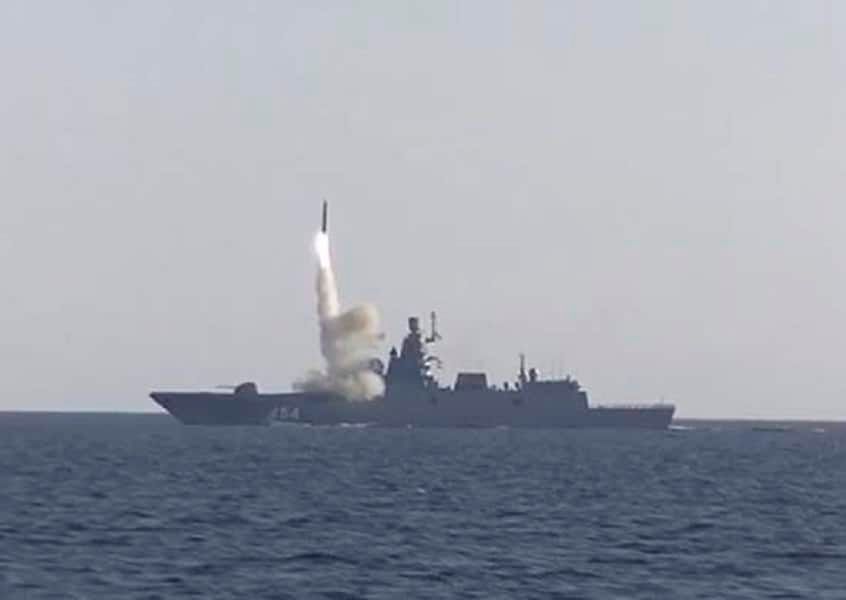The recent attack on Kyiv involving Russian Zircon missiles has intensified the conflict in Ukraine. While air raid sirens typically provide warning before missile strikes, the Zircon missiles intercepted by Kyiv’s air defenses presented a new challenge. These hypersonic missiles pose a significant threat due to their speed and maneuverability. The Zircon missile, part of Russia’s arsenal, was designed to be anti-ship but is now being used against cities like Kyiv. The attack on Kyiv State Academy of Decorative and Applied Arts and Design highlighted the devastating impact of these missiles on civilian infrastructure.
The Zircon missile’s hypersonic capabilities make it challenging to intercept and defend against. Russian President Vladimir Putin had touted the missile as “invincible,” but its effectiveness has been questioned. The Zircon missile is powered by a scramjet engine, allowing it to achieve hypersonic speeds of over Mach 5. Its speed and maneuverability make it a significant threat when used in combination with other weapons like cruise missiles and drones. The recent attack on Kyiv by Zircon missiles showcased the dangers posed by these advanced weapons in modern warfare.
The escalation of Russian attacks on Ukraine’s Sumy Oblast has left villages in ruins, with civilian infrastructure and homes being targeted by Russian forces. The use of Zircon missiles in these attacks demonstrates Russia’s willingness to deploy advanced weaponry to achieve its military objectives. The implications of these attacks extend beyond immediate casualties, impacting civilian life and infrastructure in Ukraine. The potential stockpiling of Zircon missiles by Russia at military hubs like Crimea raises concerns about future attacks targeting major cities like Kyiv.
While the exact capabilities of the Zircon missile are still being debated, its hypersonic speed and maneuverability present a unique challenge for Ukrainian air defenses. The combination of Zircon missiles with other types of long-range weapons increases the complexity of defending against Russian attacks. The role of hypersonic missiles like the Zircon in modern warfare underscores the need for enhanced defense systems and international support for countries facing such threats. The significance of these advanced weapons in the conflict in Ukraine highlights the evolving nature of warfare in the 21st century.
The reluctance of some countries, like Germany, to provide certain weapons to Ukraine underscores the complex dynamics surrounding military aid in the conflict. While prudence and caution are important considerations, the urgent need for effective defense against advanced weapons like Zircon missiles cannot be ignored. The use of hypersonic missiles in military operations highlights the importance of international cooperation and support for countries facing such threats. The ongoing conflict in Ukraine serves as a stark reminder of the devastating impact of modern warfare on civilian populations and infrastructure.
In conclusion, the recent attack on Kyiv involving Zircon missiles has raised concerns about the evolving nature of warfare and the challenges posed by advanced weaponry. The use of hypersonic missiles like the Zircon in military operations underscores the need for enhanced defense systems and international support for countries facing such threats. The devastating impact of these weapons on civilian infrastructure and lives highlights the urgent need for effective measures to counter such threats and protect vulnerable populations. As the conflict in Ukraine continues to escalate, the role of advanced weapons like the Zircon missile will shape the course of the conflict and impact the lives of those caught in the crossfire.


